1. Squirrels vs. Power Grids
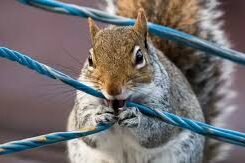
Solar farms, wind turbines, roads, satellites, these are the symbols of modern progress, yet nature often has other plans. Across the world, animals are breaking, blocking, or outright destroying infrastructure. Sometimes it is instinct, other times it is curiosity, and often it ends up costly. The most surprising culprit in many cities is the squirrel. Utility companies have long noted how squirrels chew through power lines, transformers, and switches, leaving entire neighborhoods in darkness. It seems incredible that small teeth can do more damage than storms, yet outages caused by squirrels remain one of the most persistent problems utilities face.
2. Birds vs. Solar Panels
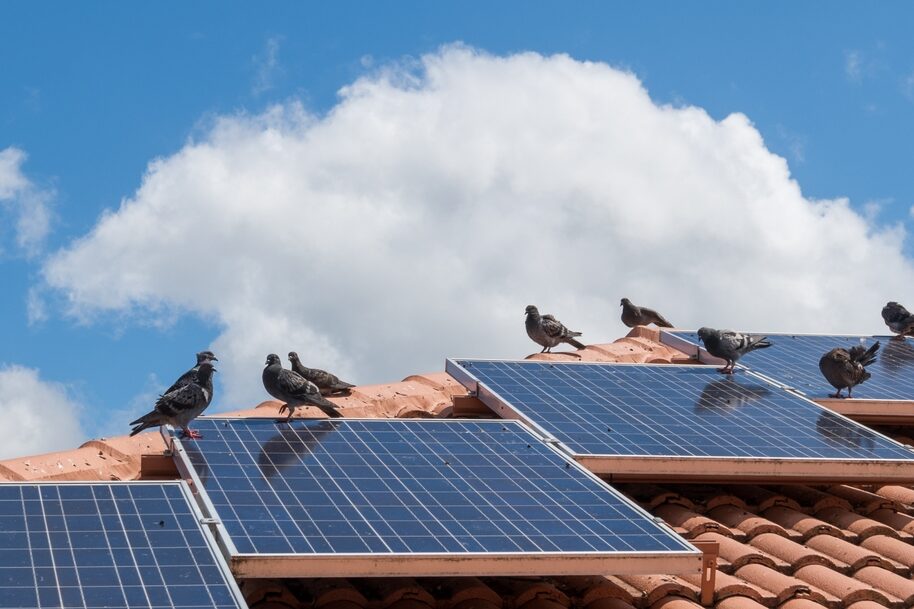
Clean energy is becoming central to how we live, but birds find solar panels irresistible for all the wrong reasons. Large flocks of pigeons and seagulls land on the panels, coating them with droppings that reduce efficiency by nearly a third. Some nest underneath the panels, tugging at wires and leaving systems exposed to short circuits. Homeowners and solar companies spend heavily on cleaning and netting, but birds always seem to find a way back. For them, panels are warm, flat rooftops in the sky. For us, it becomes a reminder that progress does not always come without interruptions.
3. Bison vs. Self Driving Cars
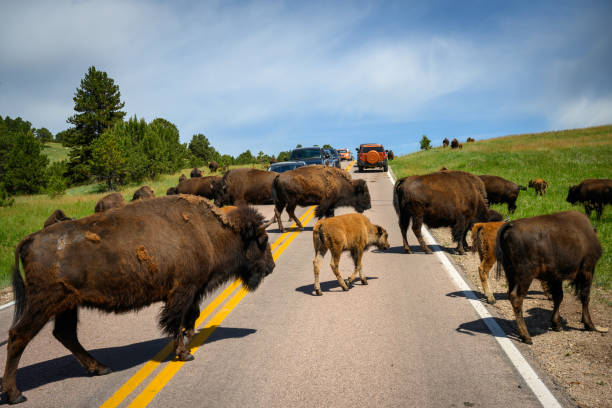
On the open plains of the American West, self driving cars are being tested against the elements, but they have not yet won against bison. Herds of these huge animals wander across roads, ignoring the futuristic vehicles entirely. The cars, programmed to stop for obstacles, end up halted for long periods, unable to proceed. In some cases, the heavy animals brush against cars, leaving dents or scratches. Engineers can design software for traffic and lights, but unpredictable wildlife proves harder to plan for. Out there, the road belongs to the bison, and technology waits until nature moves.
4. Elephants vs. Cell Towers
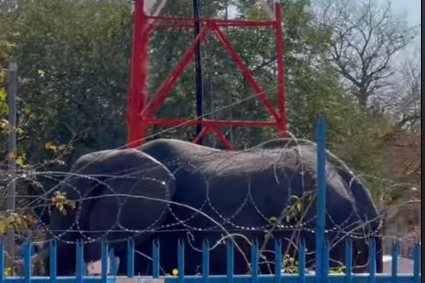
In regions of Africa and Asia, elephants continue to follow ancient migration paths that stretch across human settlements. When cell towers are built in their way, the elephants knock them down with ease. These powerful animals do not see advanced communication structures, they see obstacles that block their route. Entire towers can be toppled overnight, leaving communication lines severed. Local communities are often caught between progress and conservation, struggling to balance the need for connection with the respect owed to natural instincts. It is a striking example of how even the largest technology falls quickly before determined wildlife.
5. Mice vs. Data Centers
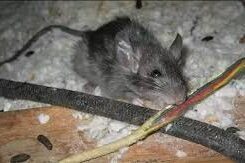
Behind the blinking lights of global data centers lies a surprising enemy that few expect. Mice, tiny and persistent, squeeze into server rooms and chew through critical fiber optic cables and insulation. This simple act can shut down servers, cause outages, and even create fire hazards. For the mice, it is only warmth, safety, and something to gnaw on. For humans, it can cost millions in downtime and repairs. The sight of a mouse scurrying across a server floor is more than alarming, it is proof that no amount of technological advancement can fully keep nature out.
6. Seals vs. Undersea Sensors
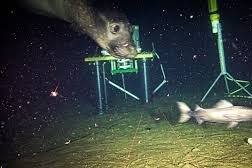
Even in the depths of the ocean, our inventions meet the curiosity of wildlife. Seals have been known to rub, scratch, or play around with undersea sensors that are designed to monitor tsunamis or track seismic movements. To a seal, a buoy or sensor is nothing more than a strange object in its playground. Unfortunately, their playful energy can loosen equipment, dislodge sensors, or disrupt data transmission. This means crucial warnings or research data are delayed or lost. The ocean, vast and full of life, does not bend to technology, and playful seals prove that time and again.
7. Woodpeckers vs. Internet Poles
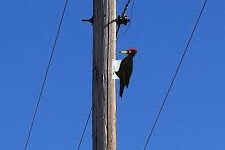
In rural areas, internet poles and connection boxes often bear the marks of determined woodpeckers. These birds hammer into the wooden structures, leaving holes that weaken the poles and damage the equipment attached to them. They do this to store food, to attract mates, or simply because it is instinct. The result, however, is broken connections and rural homes losing access to internet or cable. Companies have tried wrapping poles in protective mesh, but woodpeckers quickly move on to the next one. Their timeless rhythm continues to beat against even the most modern structures in quiet determination.
8. Monkeys vs. Rooftop Satellites
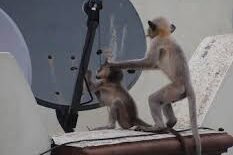
In India and Southeast Asia, rooftop satellite dishes are frequent targets for mischievous monkeys. They leap onto rooftops, tugging and pulling at antenna cables until signals drop or dishes bend out of shape. Sometimes they even dismantle parts entirely, leaving repairs costly and frequent. Residents often describe the monkeys as playful and clever, treating the dishes like toys in their territory. For technicians, it means endless visits to fix the same problems, only for the monkeys to return again. It shows how innovation meant to connect the world can quickly be undone by nature’s most playful hands.
9. Bees vs. EV Chargers
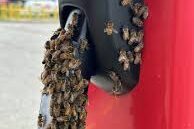
As electric vehicles become more common, the stations that keep them running are popping up across cities and highways. Yet, even here, nature finds its place. Bees are attracted to the warmth and sheltered nooks inside the chargers. They crawl in, build hives, and block the systems, sometimes causing them to short out. What is meant to power the future of travel becomes home to buzzing colonies. For drivers, it can mean frustration and downtime. For bees, it is simply instinct, a search for safe shelter. Progress again finds itself slowed by wings, hives, and honeycombs.
10. Whales vs. Submarine Cables
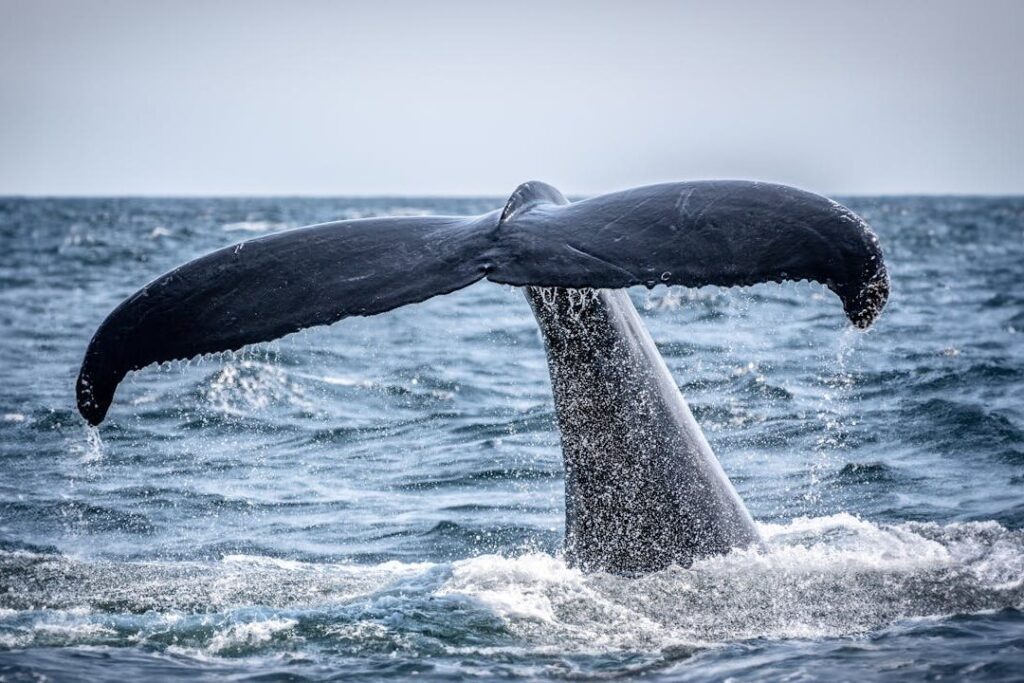
Beneath the surface of the sea, fiber optic cables stretch across continents, carrying the world’s internet. Though built to withstand pressure and salt, they occasionally meet an unexpected challenge. Whales, powerful in their swimming, sometimes brush or tangle against cables, shifting or damaging them. Though rare, when it happens, the impact is enormous, with interruptions in service spanning entire regions. For whales, it is nothing more than a brush of a tail or body. For us, it is a global inconvenience. It proves once more that the movements of nature are far larger than our own systems.
11. Coyotes vs. Fiber Optic Lines
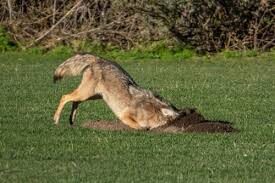
Across North America, coyotes sometimes dig up and chew through underground fiber optic lines. To them, the cables resemble bones or prey, and their sharp teeth slice right through the protective casing. Entire neighborhoods or towns can lose service as a result of a single curious animal. Technicians have found teeth marks on cables that cost thousands to replace. For the coyotes, it is survival behavior, simple and natural. For humans, it feels like a battle between wild instincts and delicate connectivity. The open land belongs to both, but technology proves fragile where curiosity persists.
12. Kangaroos vs. Runways
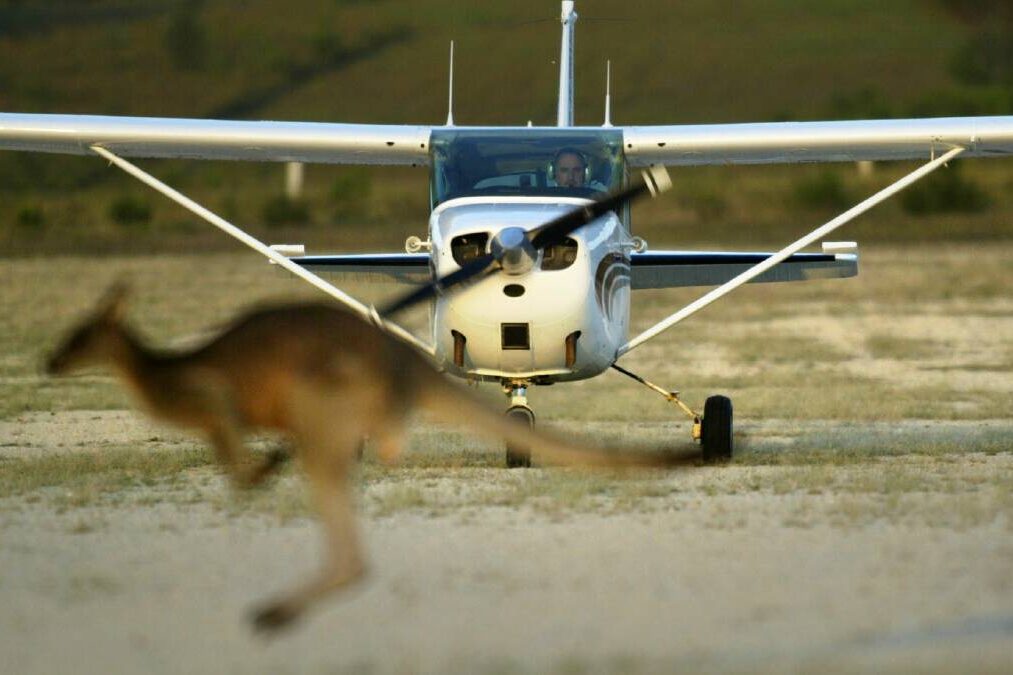
Airports in Australia face a different kind of hazard that is not about weather or machinery, but about kangaroos. These powerful animals are known to bound across active runways, forcing airports to halt flights and ground planes unexpectedly. To kangaroos, runways are simply open plains, wide and perfect for movement. To pilots and airport operators, they are dangerous interruptions that risk lives and safety. Fencing and patrols help, but kangaroos are unpredictable. Travelers might expect delays from storms, but instead, they wait for the animals to move along, proof that even aviation bows to untamed nature.
13. Bears vs. Smart Trash Cans
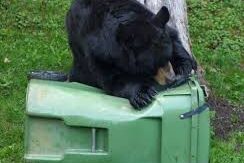
When cities installed bear proof trash cans, they believed they had solved a long problem of wildlife rummaging through waste. Yet bears continue to surprise, outsmarting latches, prying open lids, or even smashing bins apart entirely. Across North America, stories of overturned bins remain common. For bears, it is hunger driving persistence, and for cities, it is a costly cycle of replacing or upgrading bins. It shows that no matter how clever our designs, animals adapt quickly. In the end, the bear usually gets the meal, reminding us how ingenuity meets raw power in daily life.
14. Birds vs. Wind Turbines
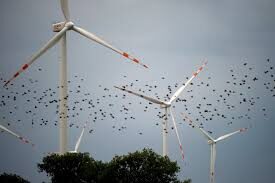
Wind energy is clean and renewable, but it comes with a serious conflict for wildlife. Birds, especially large raptors, and even bats, are often killed by spinning turbine blades. In other cases, birds nest near turbines, causing shutdowns or maintenance delays. What humans celebrate as progress in clean power becomes a hazard for those who live in the skies. Designers are working on safer models to reduce collisions, but the tension remains. Each blade that spins is a step forward for us, yet for nature, it can mean loss, reminding us that progress always has a cost.
15. Beavers vs. Entire Towns
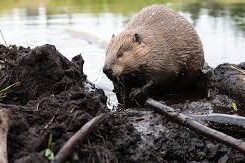
In Canada, beavers show that small animals can disrupt entire systems. Known for their powerful teeth and dam building, they sometimes chew through buried fiber optic cables. In some towns, this has led to internet and phone service being knocked out for thousands of residents at once. For the beavers, it is instinctive, part of the same work they have done for centuries. For people, it is frustrating proof that even the backbone of communication is vulnerable. Perhaps it is nature’s way of keeping us humble, reminding us that progress always shares space with the wild.
This story 15 Modern Inventions That Animals Keep Destroying was first published on Daily FETCH


